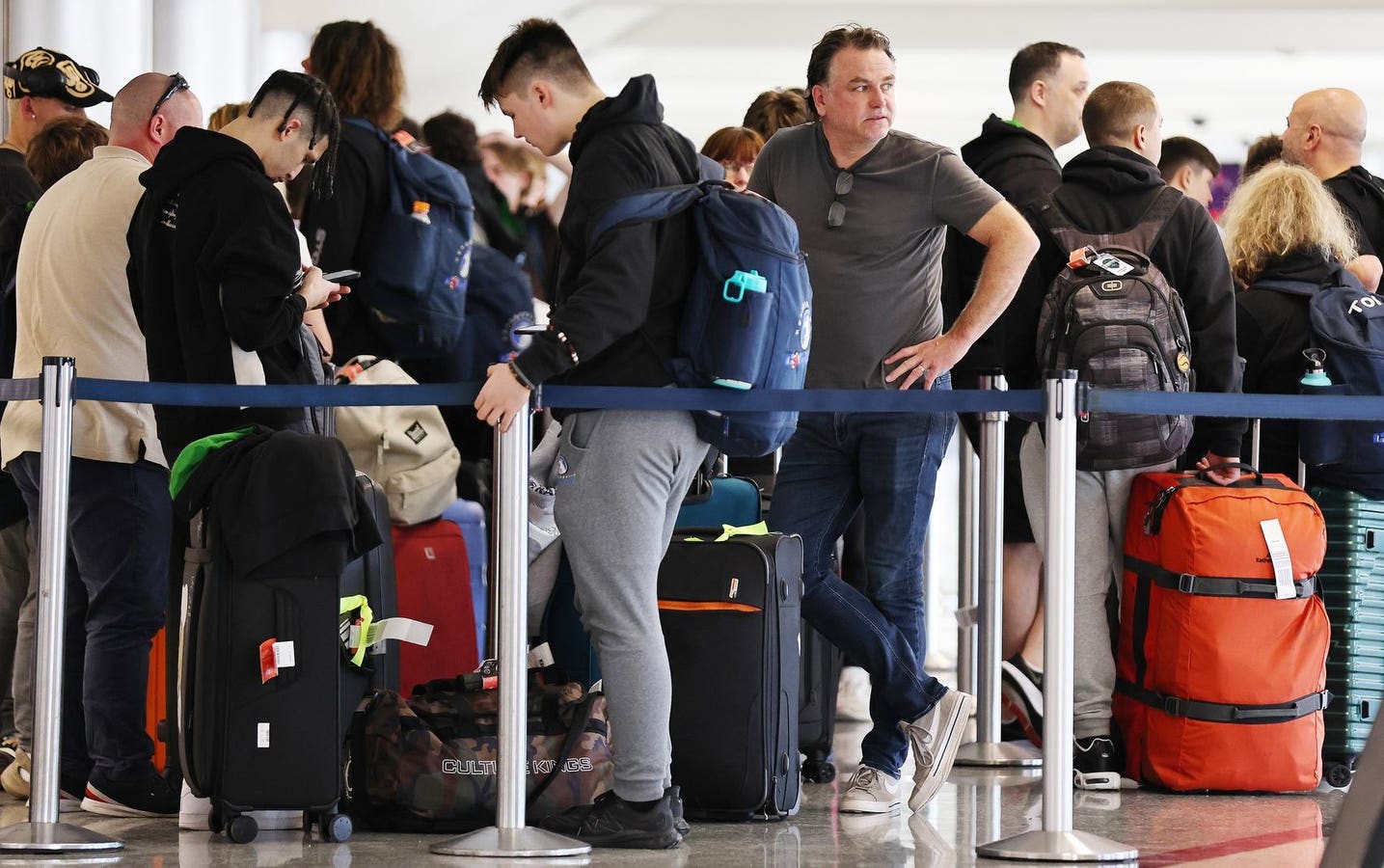Once again the hashtag #CovidIsntOver is trending on social media like X (formerly known as Twitter) because, you know, Covid-19 is certainly not over. The severe acute respiratory syndrome coronavirus 2 (SARS-CoV-2) continues to spread throughout much of the U.S. since that’s what tends to happen when a country doesn’t do a whole lot to prevent a virus from spreading. And over the week from November 4 through 11, Covid-19-related hospitalizations increased by 8.6%, according the latest data from the Centers for Disease Control and Prevention (CDC).
During that week, there were 16,239 such reported hospitalizations. If you look at the following map of the U.S. from the CDC, a number of counties are in orange, which means that they experienced a 20% or greater increase in hospitalizations during that week:
In that same time period, the numbers of Covid-19-related emergency room visits increased by 7.1% and Covid-19 related deaths by 9.1%. In addition, the percentage of Covid-19 that were positive bumped up by 0.1%. All of these number went in the wrong direction during that week and do not bode well for the Holiday season that’s now upon us, assuming that you aren’t shaped like a ball and have spikes all over you.
Unfortunately, without any real national system in place for tracking new Covid-19 cases, the U.S. is sort of flying blind when it comes to SARS-CoV-2 activity. Since emergency room visits and hospitalizations tend to come at least a week or two after people have been infected, rises in such numbers mean that rises in SARS-CoV-2 activity probably occurred two or maybe even three or four weeks prior. And it’s a whole lot harder to prevent an upswing that has already been occurring after the fact, assuming that you don’t have a DeLorean car that serves as a time machine. Basing Covid-19 prevention policies on hospitalizations and deaths alone would be sort of like showing people a burnt down house and saying, “Do you think that we need to install some fire extinguishers in this house?”
All of these numbers shouldn’t be super-surprising since the past three Novembers since 2020 had all seen rises in Covid-19 cases. The arrival of colder and drier weather in the late Fall and Winter could further facilitate SARS-CoV-2 transmission. Moreover, with more and more activities moving indoors, more and more people could be interacting in closer and closer quarters, sharing their small talk, respiratory droplets and viruses. Plus, all the travel occurring from the Thanksgiving Holidays through New Year’s Day could be giving viruses free tickets to travel all over the country.
Now, it’s not as if the U.S. can’t do anything to reduce the spread and impact of the SARS-CoV-2. Scientific studies have shown that wearing face masks while in crowded indoor settings can reduce the transmission of SARS-CoV-2, as I’ve covered for Forbes. Yet, posts on social media with the #CovidIsntOver hashtag have been pointing out how those wearing face masks have been feeling more and more like lone maskers:
The CDC has pointed out how improving air purification and ventilation can reduce the risk of COVID-19 as well:
Yet, it’s not clear how many businesses and other organizations are currently taking such steps to clear the air.
Then there’s been the problems with the roll-out of the updated Covid-19 vaccine this Fall, the one that is targeted towards the more recent XBB Omicron subvariant. Only about 14.8% of all adults in the U.S. have gotten this updated Covid-19 vaccine so far, as I covered for Forbes last week. Therefore, many people may be running around with fairly low or even absent protections against Covid-19.
Therefore, if you want to reduce your risk of getting Covid-19 and long Covid or passing the virus along to others, you may be kind of on your own. That’s because the answer to the question, “What is the U.S. collectively doing to prevent yet another Covid-19 surge this November and December” is probably not a whole lot.
Read the full article here





